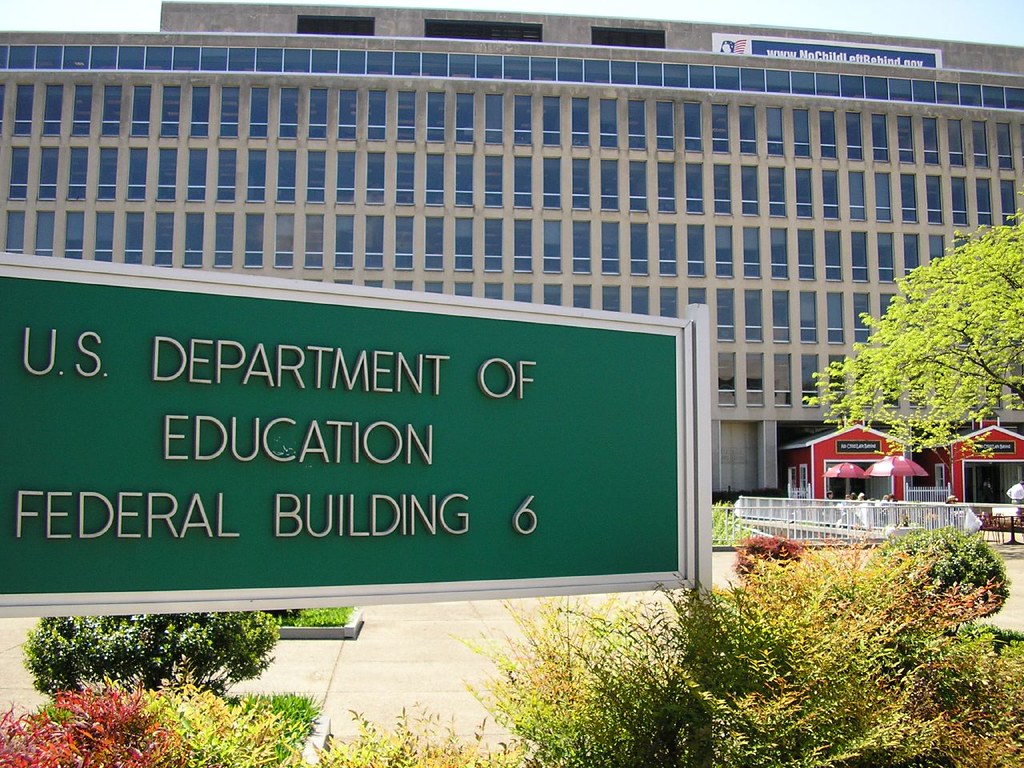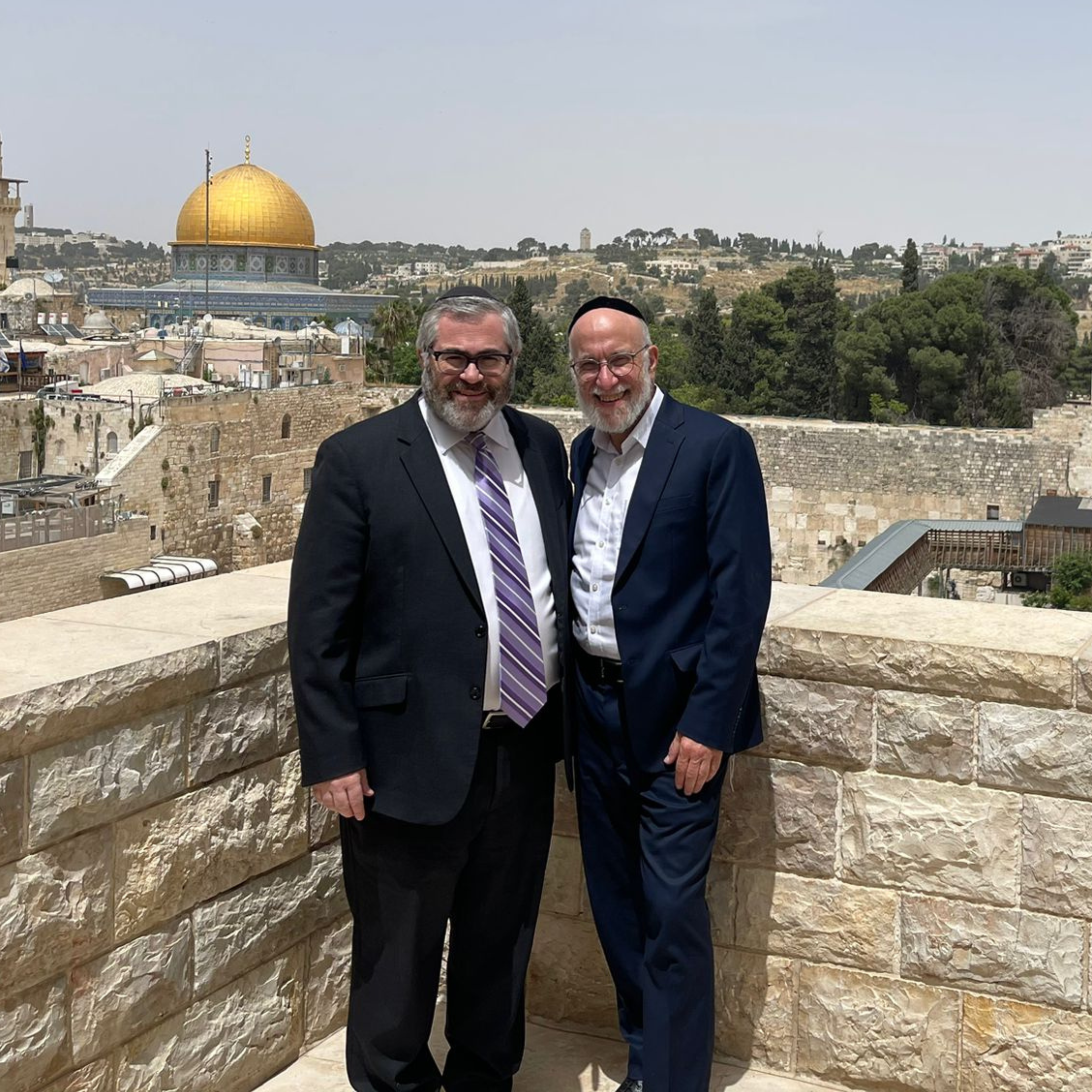
I am embarrassed to say that I came across the notion of religious development relatively late in my career, but I do remember when I had my epiphany. I vividly recall seeing a 12th-grade girl davening one day at Shacharit with what seemed like great kavanah, something she had been doing all year. But one day I also had a flashback to what she had been like both emotionally and religiously when she had been in the ninth grade. The contrast was stark. Suffice it to say that she in no way resembled that day who she had been when she first came into high school. What happened along the way?
My first inclination was to say that she had grown more “mature” or “serious” and clearly that happens to all kids in high school, and that indeed is the way my colleagues explained it when I asked them about it. But what particularly does that mean in religious terms? How does someone get more “mature”? Part of the answer clearly had to do with the home she came from and the peers whom she emulated, but it occurred to me that there was a process going on that was really much more profound and that it was one that had repeated itself with many students over the years. That is, it occurred to me that if kids develop in clear stages cognitively (there’s a reason we don’t teach trigonometry in the 3rd grade) and if kids develop in clear stages emotionally (think “he took my toy” versus “let’s talk about this”) and in clear stages morally (a young person will tell you something is wrong because you’ll get punished; an older person should be able to tell you it’s wrong because it’s just wrong), then maybe there are clear stages that kids need to go through religiously as well. This, in turn, started me on a quest through discussions and courses and libraries, a quest that I have not yet completed—but I’ve learned a lot along the way.
Interestingly, there hasn’t been a lot of social science literature on this topic until perhaps the last 15 years. A study of databases during the last decade of the 90s, for example, found that only about 1 percent of all articles dealt with the question of spirituality or spiritual development in children and adolescents. Today that number has exploded, with whole books and journals dedicated to the topic. Without going into details, it seems clear that my initial intuition was correct: there certainly are stages that we all go through religiously. Unfortunately, the details of what the differences are at each stage and at what age each stage begins are still being debated. But I believe that simply understanding that those stages exist can help us all become better parents and educators, as I will explain.
The notion that there is such a thing as development is ancient. In one of the earliest and most famous descriptions about Jewish education, Chazal (the Rabbis) in Pirkei Avot 5:21 (Ethics of the Fathers) laid out a curriculum plan for parents and teachers:
“At five years old a person should study the Scriptures, at 10 years for the Mishnah, at 13 for the commandments, at 15 for the Talmud…”
Of course there are two ways of looking at this prescription. One is simply to say that there is a spiraled curriculum here wherein each stage is a prerequisite for the one that follows, i.e., you need to learn the material chronologically. A firm basis in Chumash (Five Books of Moses) is a necessity for ultimately learning Gemara (though you wouldn’t know it from many yeshivot today).
The other way of learning this Mishnah is to suggest that it’s not just about the material but about the learner. The curriculum represents the cognitive stages that humans go through such that we move from the more concrete learning (Chumash) to more abstract learning (which, parenthetically, might tell us something about what grades we should and should not be starting Gemara study and what the goals of that study might be).
The problem for our purposes, though, is that most of this seems directed toward intellectual/cognitive education. It seems less directed to affective, or what we might call spiritual, education. And part of the problem of Jewish education, certainly in schools, it seems to me, is that schools tend to be so intellectual! To be sure, there’s a reason they call us the People of the Book—we love books and Torah learning most of all. But if you were to ask me what Judaism is all about, I would be hesitant to say that it is only about book learning. Where is the education of the heart? Where is the teaching of faith, of making a connection with the Divine? What’s the spiraled curriculum for that?
We’ll explore that in the columns ahead. In the meantime, take a moment and be your own social scientist and try to identify your own children’s stages of religious development—or your own, for that matter. When were the major transition points in your own religious life? When did you notice changes beginning in your children? What kinds of changes were they? Knowing the child is the first step in education, whether it is your own child or your own child within.
Rabbi Dr. Jay Goldmintz is a veteran day school administrator and educator who currently teaches at Maayanot Yeshiva High School and the Azrieli Graduate School. He is the author of the 2014 National Jewish Book Award-Winning Koren Ani Tefillah Weekday Siddur: A Siddur for Reflection, Connection and Learning and the companion Shabbat siddur.
By Rabbi Dr. Jay Goldmintz











